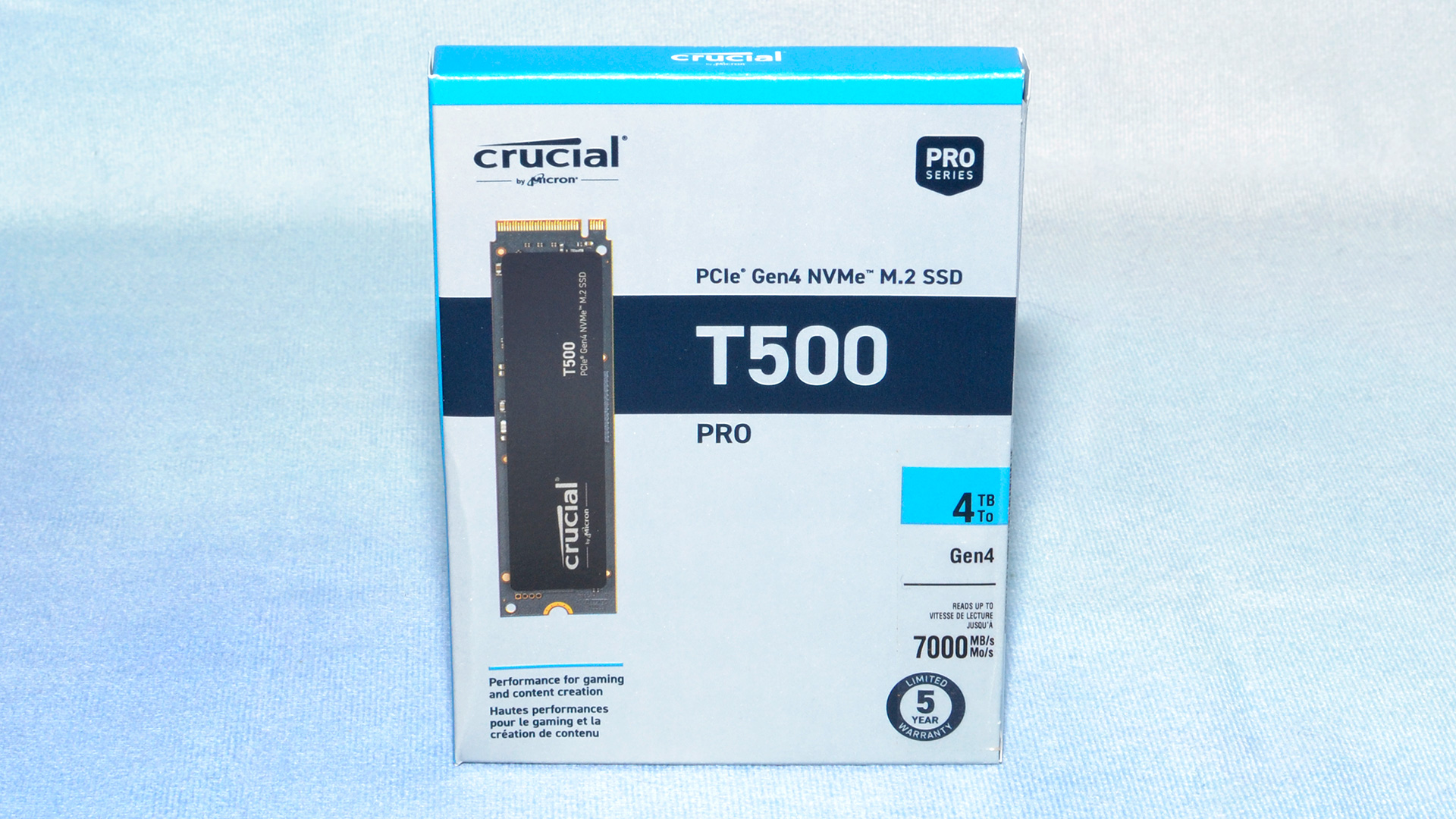
Driven by government subsidies and support, China’s domestic developers of electronic design automation tools (EDA, or software used for designing integrated circuits and circuit boards), are witnessing a surge in sales, and can therefore increase their R&D investments.
After the U.S. restricted sales of advanced EDA programs to Chinese entities last year, Chinese chip designers had to increase the adoption of domestic EDA tools. As a result, Empyrean Technology and Primarius Technologies have reported sales jumps of over 30% in the first three quarters of 2023, reports DigiTimes.
Empyrean Technology is more financially successful than its rival, primarily because of massive subsidies from the government. For the nine months that just ended, Empyrean Technology earned ¥171 million ($23.523 million), but the government subsidies totaled a whopping ¥129 million ($17.745 million). This subsidy was a crucial factor in the company’s profitability. On the other hand, Primarius Technologies, despite receiving ¥9.38 million ($1.29 million) in grants, has not been able to curtail its financial losses, which have increased to ¥28 million ($3.851 million).
With ample government help, Chinese EDA tool developers can invest massive amounts of money in research and development, so Empyrean and Primarius allocated 70.56% and 67.47% of their sales to R&D, respectively, in 2023. These figures dwarf the relative R&D spending of Synopsys and Cadence, which have maintained their R&D spending at a more conservative 30-40% of their sales.
The Chinese EDA market is still dominated by international giants. Cadence, Synopsys, and Siemens EDA control over 80% of the market, which is even higher than their market share globally (78%). The Chinese government wants domestic EDA developers to capture 22% of the local EDA market by 2025, and to introduce EDA tools for 14nm and 28nm process technologies by that time. This goal is set amid stringent U.S. export controls, which have forced Synopsys and Cadence to tailor their offerings for the Chinese market, specifically excluding GAAFET support.
The Chinese government has pledged increased support for the country’s EDA sector, aiming to reduce dependence of the local semiconductor sector on foreign tools. However, it admits that gaining a foothold in the market will be a gradual process as chip designers value reliability of their software more than its lower cost.






